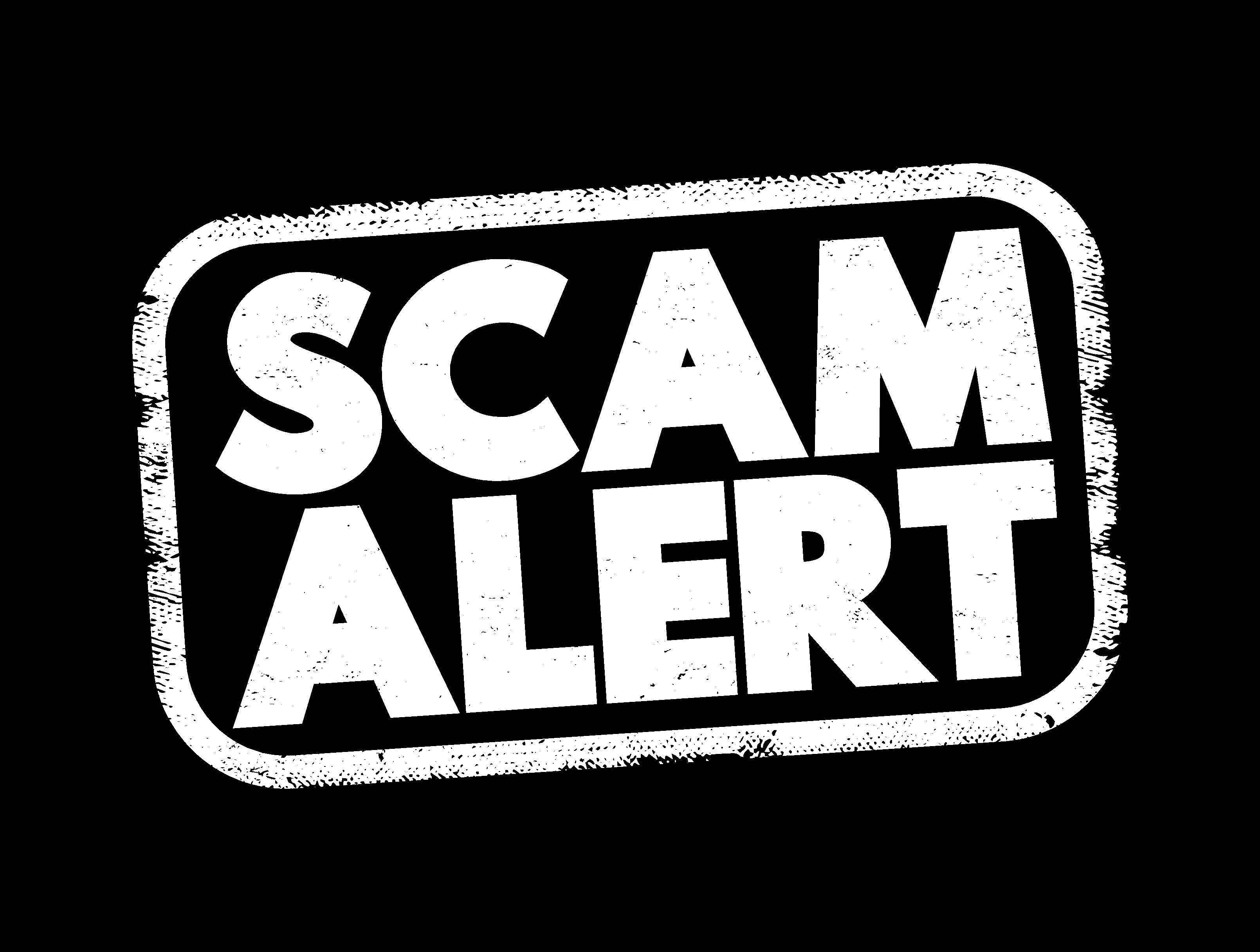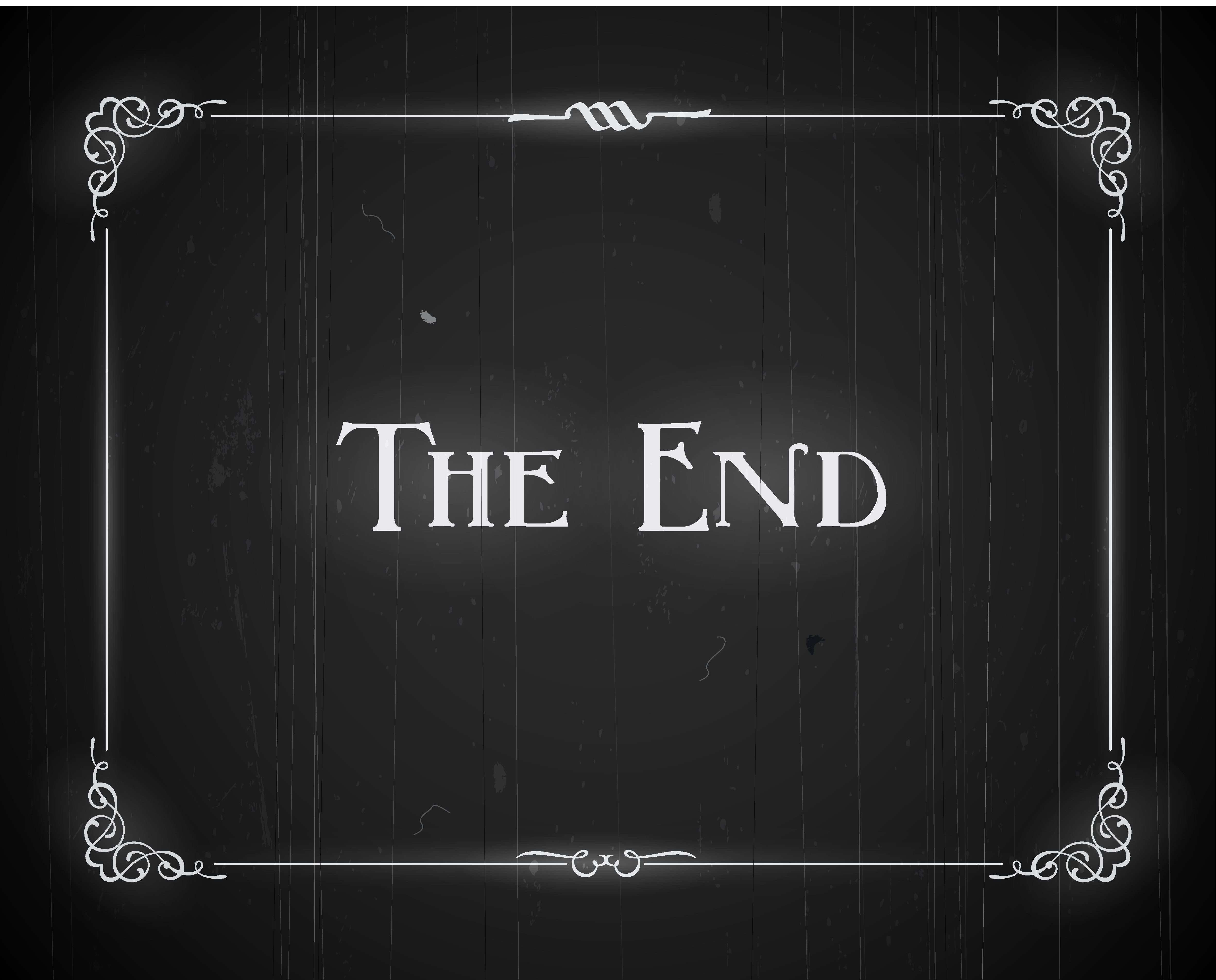Book Broker – an interview with John Cusick

Agent: John Cusick
Website: foliojr.com/john-cusick
Twitter: @johnmcusick
Preferred genres: Middle grade, young adult, YA crossover, adult fantasy, sci-fi, horror, and speculative fiction.
Bio: John Cusick is a VP and literary agent with Folio Literary Management, representing a diverse list of award winners and New York Times bestsellers. His focus is middle grade, young adult, and adult genre fiction. He is also the author of the forthcoming middle-grade series Dimension Why: How to Save the Universe Without Really Trying (HarperCollins, September 2020). He tweets at @johnmcusick and discusses the craft and business of writing on YouTube: Agent Brain / Writer Brain. His submission guidelines are available on Publishers Marketplace.
1) What stands out in a good submission?
Firstly a great hook, something that tells me the writer has pushed beyond the tropes we all know and love into something really fresh and exciting. So for instance, a pitch about bullying won’t grab my attention, but a pitch about bullying where the bullies are witches and our heroes have to tap into their own ancestral magic to stop them and save the school dance? Okay, now we’re talking.
2) What's a typical warning sign that a manuscript isn't ready for representation?
I can usually tell from the first few lines if a writer has been polishing their craft long enough to be ready for representation. Story and plot are fixable, but voice often isn’t. If I don’t connect to the line-level writing of a project, if the writer doesn’t craft sentences clearly and transparently (or with imagination and personality), there’s very little I can do as an editorial agent to fix that issue. However, if the voice is fantastic, and the author really knows how to build a moment line by line, but the third act twist really isn’t working— that’s the sort of problem we can fix together.
3) What advice can you give to writers who are submitting their work?
Firstly, remember that when you sit down to write a first draft, you’re doing it for your own enjoyment and fulfilment. When you revise, you do it to craft a gift for your reader—something that’s all about their enjoyment, rather than your own. And when you submit, you’re doing it for the money. Seriously, I’ll say it again: once you submit your project to an agent, or pursue publication, you’re now writing, at least in part, for money. And that’s okay! Writing for money is a beautiful thing. Being paid for your art is a beautiful thing. But that also means you have to find someone who thinks your story has value—not artistic value necessarily, but commercial value first and foremost. Meaning: is there a large market for the book, does your book engage with topics that will lead to classroom and online discussion (assuming you're writing for young people), does your story have the power to seize a pop-culture moment, inspire a fan base? If you can remember this unromantic fact, it will serve you so well as a working writer: a book deal is not a reward for hard work or accomplished artistry, it is a business deal between yourself and a company who believes it can turn a profit by packaging and selling your ideas. If you can embrace this concept while hanging on to the joy of creating, you have the right attitude to start a successful writing career.
4) How do you weigh the importance of each submission component (query letter, synopsis, writing sample) when determining whether you will ask to read a full manuscript?
At the end of the day I’m looking for three things: 1) An exciting concept, 2) great execution, and 3) a writer with a great attitude and work ethic. The first two you can usually discover from the query and sample, but I always start with the query first, as the story concept needs to grab me, and then be supported by excellent writing. (The most beautiful prose in the world isn’t going to help you if your story is flat or too familiar.)
5) Approximately how many query letters do you receive per year? Of those, how many will you respond to with a request for a full manuscript? And of those, how many are likely to receive an offer of representation?
Good question! I did this math years back, but I’m sure it’s out of date. Let me run some numbers … … Okay I’m back.
I receive roughly 6,000 queries a year. Of those queries, I request a full manuscript on average 500 times a year (or roughly ten times a week). And typically I take on no more than five new clients a year from the query inbox (others come from recommendations). So, as depressing as it may sound, that breaks down to a new client once in every 1200 queries! You can see why it’s important to do your research as well as stand out from the pack.
6) What is your strategy for a client whose manuscript isn't selling?
That entirely depends on the feedback we’re receiving from editors, the changing face of the market (when we went on submission vs. when we realized we weren’t going to get an offer), and a number of other factors. The short answer is: if a project doesn’t sell and there’s reoccurring criticisms in the passes we receive from editors, we may elect to revise based on that feedback and resubmit to a new group of editors, or table that project for the time being and go out with something new. I’ve worked with several clients whose first manuscript didn’t sell, but their second did.
7) What's the best (non-client) book you've read recently, and how did it hook you?
STARLESS SEA by Erin Morgenstern was absolutely gorgeous and delightful. It’s a beautifully written story that doesn’t always hold the reader’s hand, but by the same token, is peppered with details that are so delightful: secret tunnels and candles and old stacks of books and friendly cats and cocktails and secret masquerade parties… I mean! Erin really knows how to make something that’s both nuanced as well as thoroughly pleasurable to read.
8) Can you tell us about an exciting author you're working with at the moment?
I’d love to showcase a debut client of mine, Shanna Miles. We pitched Shanna’s incredible #ownvoices YA, FOR ALL WE KNOW, as Cloud Atlas meets The Sun is Also a Star. The story follows two teens fated to repeat their love story across hundreds of lifetimes, from 14th century Mali to the distant future. Shanna said something beautiful about her book, which I’ll quote here: “I wanted to see young Black love, the sweetness, the longing, and the endurance of it. I wanted to see fantasy, the evidence of our unique existence in the universe.” I love that. Krista Vitola at Simon & Schuster Books for Young Readers preempted the book in a six-figure deal earlier this year, and I cannot wait for readers to get their hands on this powerful and compelling story.






